Farmers’ Adaptation to Groundwater Shortage in the Dry Areas: Improving Appropriation or Enhancing Accommodation?

Authors:
The objective of this paper is to identify farmers’ strategies to adapt to groundwater shortage in vulnerable arid areas of south Tunisia.
In the selected area, the potential of rainfed agriculture is very limited and groundwater is the only source of irrigation. With intensive
overuse of groundwater signs of groundwater table depletion are starting to appear and farmers are becoming more concerned about
water shortage. Based on a survey among farmers, we proceeded with a ‘principal component factors’ analysis followed by a
‘hierarchical clustering’ using Ward’s method, in order to investigate different farmers’ adaptation behaviour when faced with
groundwater shortage. A set of relevant variables were used for this purpose. The cluster analysis generates three groups of farmers
based on their irrigation practices, types of irrigation investment, and other related structural variables. A first group is formed by large
farmerswho combine both expansive strategies, by investing in enhancing groundwater appropriation, and accommodating strategies,
by enhancing on-farm management of the available resource. The second type of farmers are small and mainly focus on expansive
strategies, while the third group is also composed of small farmers demonstrating purely contractive strategies, referring to reduced
scale of farm operation. Copyright © 2016 John Wiley & Sons, Ltd.
